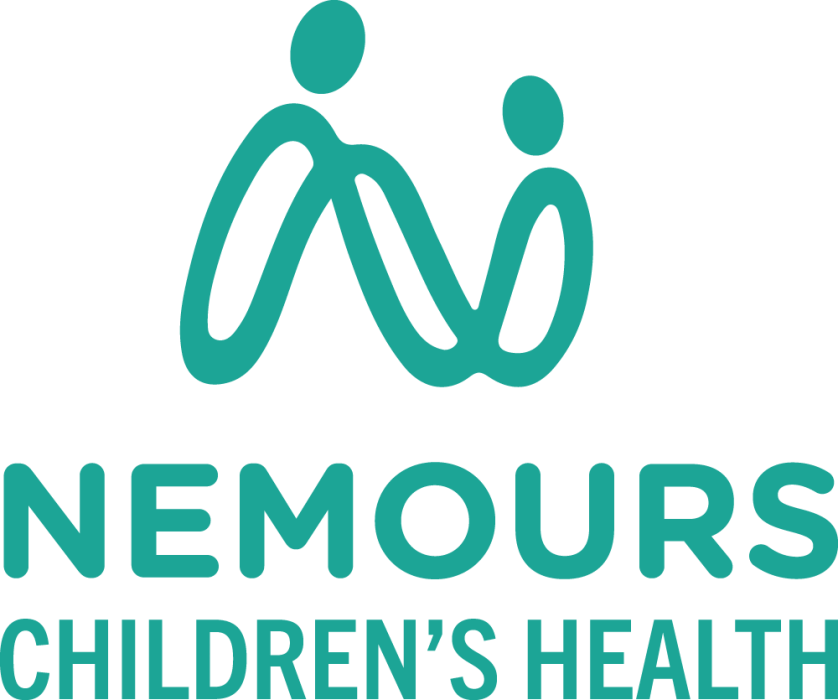Introduction
This report, written by members of the Whole Child Health Alliance and informed by more than 30 interviews, includes case studies of three states — North Carolina, Massachusetts and Washington — that have designed and begun to implement the key elements of whole child health approaches. The purpose of this report is to:
- Highlight whole child health approaches that advance child and adolescent health care transformation.
- Identify existing policy levers that support these approaches.
- Put forth policy recommendations that would advance the adoption of these approaches across the United States to support the healthiest generations of children.
The Opportunity to Address Whole Child Health
A growing body of research demonstrates that a broad array of health, social and economic factors can affect the physical, mental and behavioral health of children. “Upstream” factors, systemic and structural factors such as the communities, neighborhoods and environments in which children live, can impact their growth, brain development, education and overall well-being. Likewise, children’s relationships with the adults in their lives as well as the systems (e.g., education, health care, child welfare) that care for them lay the foundation for psychosocial functioning. “Midstream” factors, such as housing conditions and food security, can also impact health outcomes for children. The health impacts of social drivers of health experienced during childhood can endure into adulthood and ultimately affect life expectancy. Notably, people of color experience a higher level of unmet social needs (e.g., food insecurity, living in crowded housing, vehicle access) than the general population.
While other child-serving sectors and programs (e.g., education, early care and education, housing, Supplemental Nutrition Assistance Program (SNAP)) are positioned to support children and families, they are often inadequately funded to provide services commensurate with the need. This underinvestment is a significant gap that policymakers must address. Nevertheless, the health care sector can play a role in addressing social needs for children through strong partnerships rooted in the implementation of whole child health delivery and financing approaches that optimize current resources and supports for families.
About Whole Child Health Approaches
About Whole Child Health Approaches Whole child health approaches engage multisector partners (e.g., community-based organizations, schools, other child-serving organizations, and families) to support the developmental, physical, mental, behavioral and social needs of children and youth. These partners also foster healthy relationships with caregivers, through individual, family-based and community-level approaches. The goal is to create a supportive context to help children and youth thrive. Key elements of whole child health approaches include:
- Promoting health equity
- Integrating care delivery and social supports
- Aligning care for families
- Fostering healthy communities
- Supporting a diverse, multidisciplinary workforce
- Incentivizing cross-sector data partnerships
- Advancing financing reforms that incentivize optimal health
- Promoting quality improvement performance
There is a unique opportunity for providers to implement whole child health approaches for the youngest children (i.e., children under 3 years old), who the American Academy of Pediatrics recommends visit their health care provider 12 times by the time they turn three, thereby offering a dozen opportunities for early identification of health and social needs, strengthening early relational health, and promoting health and prevention. Research has shown that early experiences affect health across the life-course and effective interventions are needed in the early years and prenatal period. As described above, whole child health approaches take a multifaceted approach to pediatric care through child health transformation, which refers to transforming how pediatric care is practiced, financed and measured at the individual (i.e., patient), health system, and population health levels.

